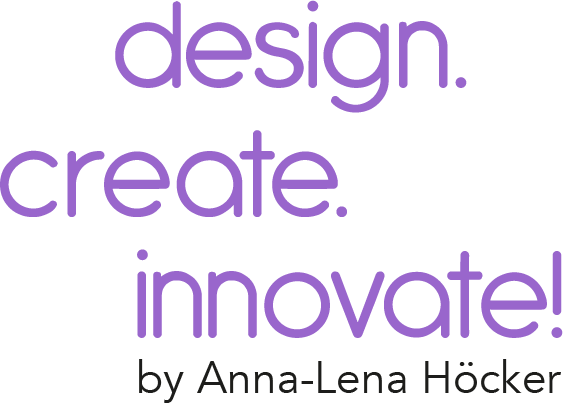Today, I want to use a nature observation as an opportunity to talk about fragmented knowledge and design as a catalyst for solutions.
Observation of the Wasp Spider
Recently, I visited the premises of a conservation organization for a donation handover. During a small tour of the garden for environmental education, we also passed a meadow. Last autumn, the head of the facility found cocoons of wasp spiders on a strip of perennials and therefore did not mow these plants to allow the spider larvae to develop.
Complex Relationships in Nature
What initially sounds like a somewhat nerdy nature story quickly got me thinking: Protecting the wasp spider required several factors to come together, which are not trivial—seeing and identifying the cocoons, attributing them to a specific species, and understanding the life cycle of this species to ensure the right environment. I personally would not have had this knowledge, even though I am heavily involved with biodiversity and conservation.
This is just one of countless examples of specialization and complexity in nature. Outside of expert silos, hardly anyone knows these connections and therefore cannot act accordingly to protect the concerned animal and plant species.
Fragmented Knowledge in the Workplace
Imagine now that the three areas of knowledge (identifying a cocoon as a larval home, attributing it to a species, and "process knowledge" about this species) represent examples of three different specializations in companies—for example, general knowledge of customer needs, attribution to customer personas, and knowledge of customer service processes.
It quickly becomes clear that the application of fragmented knowledge does not lead to the necessary measures (here, for example, around customer satisfaction and process improvement) and thus the desired results. Of course this is not a new insight. Our world is teeming with connections that are still viewed too fragmentedly. Lack of time may be a reason here, but often I also see "protectionism" of one's own work turf, difficulties in communication and understanding between different disciplines—and: conflicts between employees from different generations.
Design as a Solution Catalyst
As the connections about the wasp spider were explained to me, I asked myself: How can we enable people to protect and promote biodiversity—without specialized knowledge being widespread? This question would be a good design challenge for environmental education facilities. The question also shows that we should work with design principles and methods to transform fragmented into integrated knowledge and ensure complexity management:
Design first requires research and thus the discovery and description of larger contexts—connections that are often invisible and therefore do not receive attention and resources. Design practices enable collaboration in an interdisciplinary team, where professional solution finding for the recipients of the solution takes precedence over individual interests. The design work process also promotes understanding and goal-oriented communication between disciplines.
The structure of the design phases also aims at time and resource-saving development of solution approaches. Iterative approaches, quick learning & experience building, and a comprehensive view of feasibility, economic viability, AND desirability of the solution—all this is part of the design approach.
Maybe I’ve inspired you to identify some challenges around fragmented knowledge and collaboration. What could be your next design project to address these and increase business value? I would be happy to accompany you!

